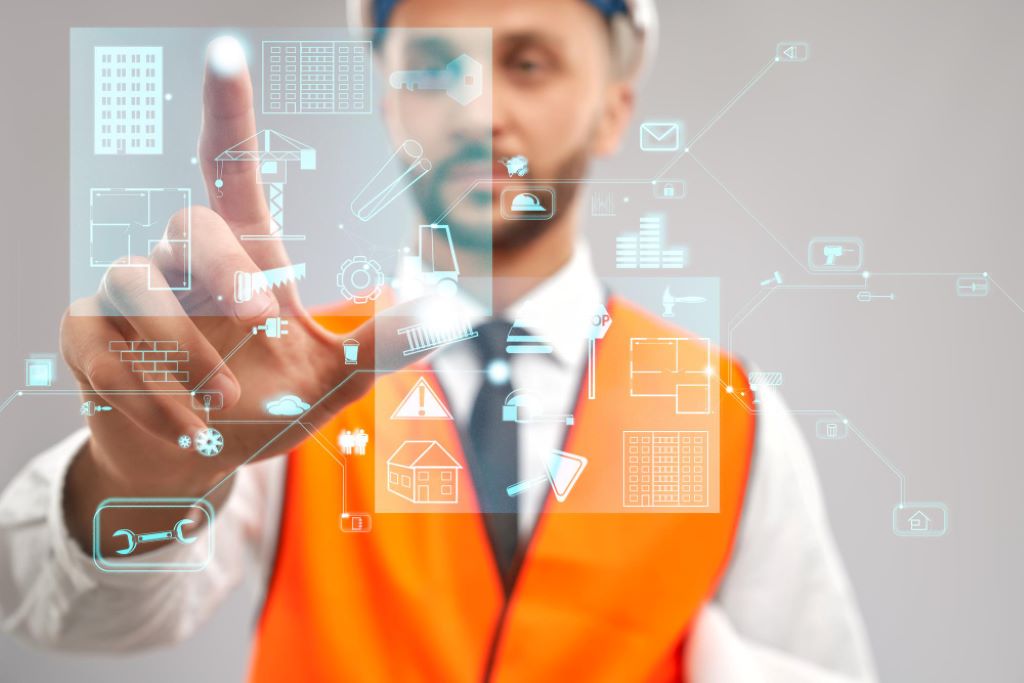In the changing world of technology, card machines have become tools that greatly impact the digital payment landscape. They come in forms from point-of-sale terminals to advanced mobile card readers and they effectively bridge the gap, between businesses and consumers in today’s digital age.
In this article, we will explore the ranging influence of card machines and their crucial role in revolutionizing the payment ecosystem. By examining their functionalities and innovative features that drive progress in this field we will uncover how card machines are shaping the future of technology.
Join us as we navigate through the evolving realm of payments and discover how card machines bring innovation and accessibility to businesses and consumers worldwide.
The Significance of Card Machines in Digital Payments
Card machines play a role in facilitating efficient electronic transactions, for both businesses and consumers.
The Evolution of Card Machines
- Over time card machines have undergone transformations transitioning from stationary terminals to sleek portable devices capable of processing payments anytime anywhere.
- Traditional point-of-sale (POS) terminals, which were previously limited to stores have been replaced by mobile card readers and contactless payment solutions that cater to the needs of businesses and consumers. This shift reflects the increasing demand, for secure and versatile payment options in today’s era.

Key Features and Functionality
Modern machines for payments offer a variety of features and functionalities aimed at streamlining the payment process and improving the user experience. Some notable features include;
- EMV Chip Technology: Card machines equipped with EMV chip technology provide enhanced security by encrypting transaction data and reducing the risk of card fraud.
- Contactless Payments: Many machines support contactless payment methods like Near Field Communication (NFC) technology allowing users to make payments with a tap of their card or mobile device.
- Mobile Connectivity: Mobile card readers utilize smartphones. Tablet connectivity to process payments on the go enabling businesses to accept payments from any location with an internet connection.
- Integration with Point of Sale Systems: Card machines often seamlessly integrate with point of sale (POS) systems and accounting software enabling businesses to manage inventory track sales, and analyze customer data.
Impact of Card Machines on the Digital Payment Landscape
The impact of card machines for payments, on the payment landscape has been remarkable bringing about a revolution in how businesses and consumers engage in transactions.

- Convenience and Accessibility: One of the effects of machines on the digital payment landscape is enhanced convenience and secure payment. They provide to both businesses and consumers. These machines enable businesses to accept payment methods, such as credit cards, debit cards, mobile wallets, and contactless payments giving customers options and flexibility.
- Accelerated Adoption of Digital Payments: The widespread adoption of card machines has accelerated the transition toward payments by reducing reliance on cash and checks in favor of transactions. As businesses increasingly embrace these machines for secure payment processing consumers also opt for digital payments more frequently.
- Expansion of Business Reach: Card machines have facilitated the expansion of businesses’ reach by enabling them to accept payments in various environments, from traditional brick-and-mortar stores to pop-up shops, markets, and even online platforms.
- Data Insights and Analytics: Another significant impact of machines on the digital payment landscape is the wealth of data insights and analytics they provide to businesses. By capturing transaction data in real time, card machines offer valuable insights into consumer behavior, purchasing patterns, and preferences.
The Evolution of Payment Technology
Advancements in payment technology have completely transformed the way we handle transactions. Bringing about an era of convenience, security, and innovation. From the adoption of contactless payments and mobile wallets to the development of blockchain-based solutions.

- Innovation in Payment Solutions: Innovative payment solutions have emerged as a result of the proliferation of machines. These solutions cater to evolving consumer preferences and industry trends by offering services. Such as authentication, tokenization, blockchain technology, and peer-to-peer payments.
- Integration with Emerging Technologies: To provide predictive payment experiences machines are increasingly integrating with emerging technologies advancements. Like artificial intelligence (AI) machine learning (ML), and the Internet of Things (IoT). For instance, AI-powered fraud detection algorithms analyze real-time transaction data to identify activity promptly and prevent transactions.
- Streamlined Checkout Experiences: Payment technology advancements have led to the development of streamlined checkout experiences. Reducing friction and enhancing convenience for both merchants and customers.
- Enhanced Security Measures: With the evolution of payment technology comes a heightened focus. On security measures to protect sensitive financial information. Innovations such as tokenization, encryption, and biometric authentication add layers of security to transactions, safeguarding against fraud and unauthorized access.
Summary
In summary card machines play a role, in shaping the payment landscape. By providing both businesses and consumers.With a convenient, secure, and versatile means of conducting electronic transactions. These machines have evolved from point-of-sale (POS) terminals to mobile card readers and contactless payment solutions.
As machines continue to advance and integrate with emerging technologies. They are poised to revolutionize the way we make payments further. This progress will pave the way for an interconnected payment experience, in our increasingly digital age.



